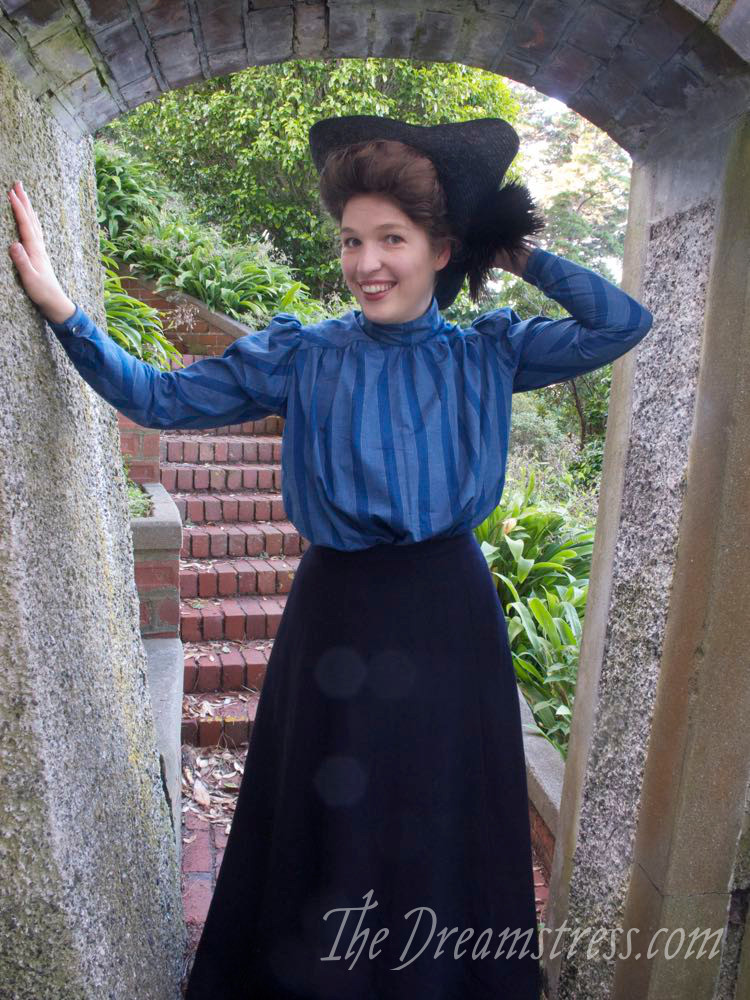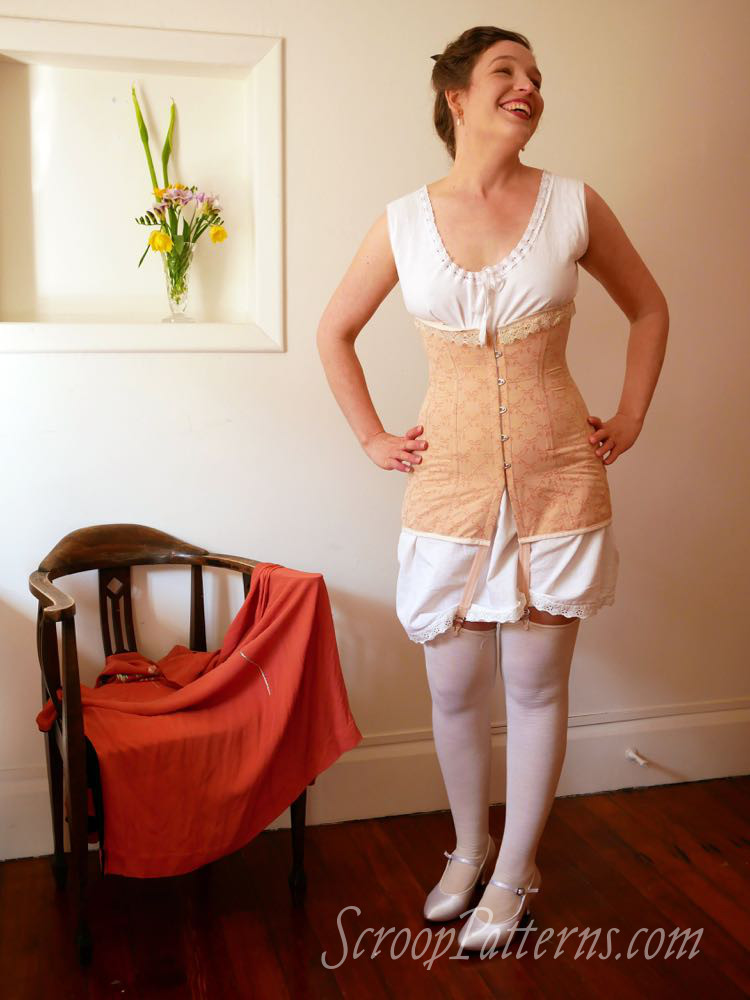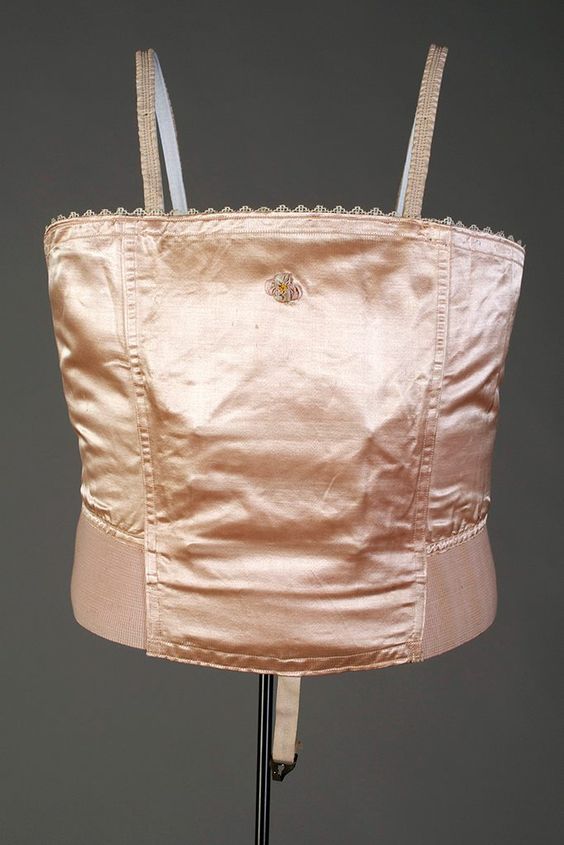A 1900s-1910s tricorne revival hat
The Research: About this time last year I became slightly obsessed (as I do) with the early 20th century bicorne and tricorn hat revival: The tricorne revival was part of the overall 18th century revival that happened at the end of the 19th century, and flowed into an Empire revival in the late 1900s and early 1910s. (more examples are on my pinterest page for the topic) What’s not to love about it? It’s 18th century meets my favourite timeperiod, it’s wacky and quirky and a little bit pirate-y! There are mentions of tricorne & bicorne hats being fashionable as early as 1897, and the tricorne revival lasted until the mid 1920s. Within the period there are definite changes – early tricorne revival hats, are generally very large, like turned-up picture hats, and are overflowing with feathers and flowers. As the 1900s progress, the hats become smaller and more streamlined. Mid-1910s examples are often quite severe, with only one upstanding feather tuft, or a sculptural bit of ribbon. Asymmetry is another major trend in mid-teens …



